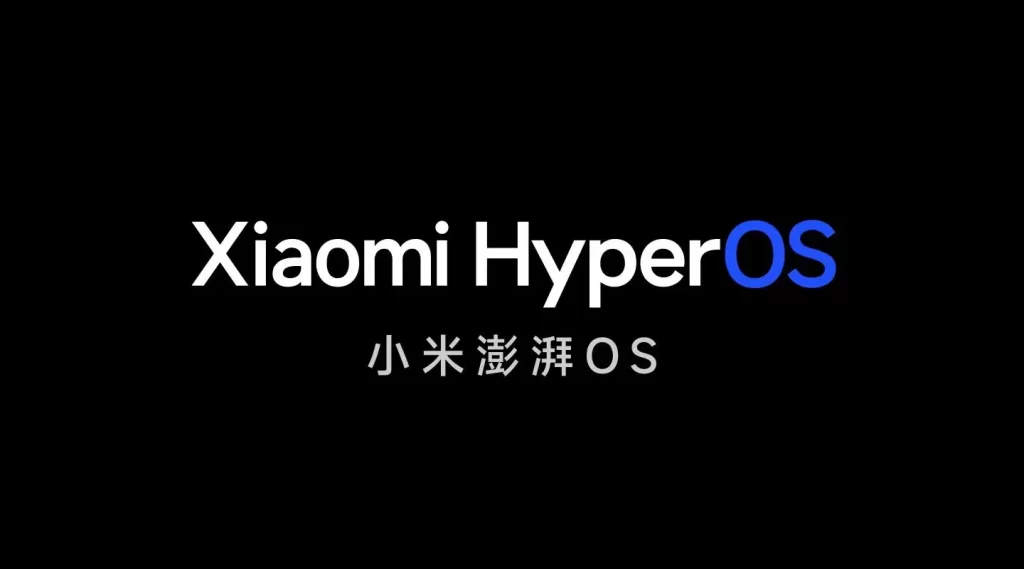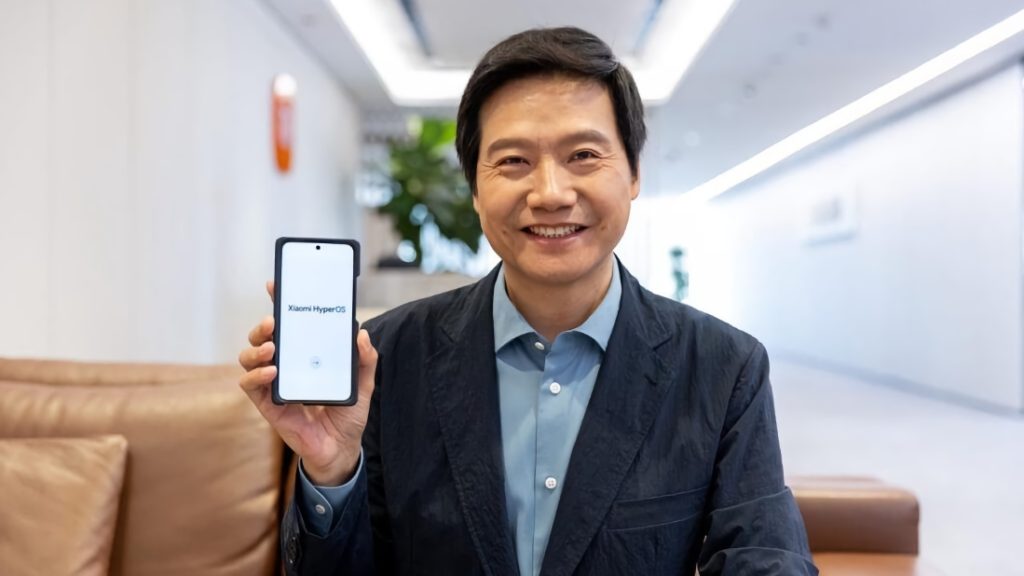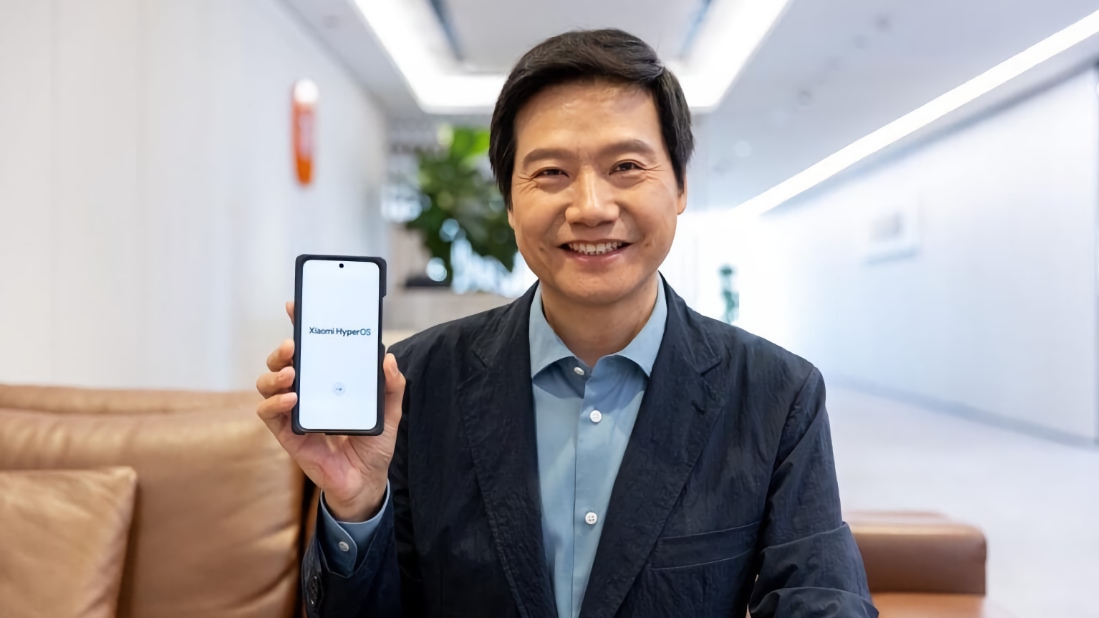Xiaomi has been making waves in the smartphone industry with its feature-packed yet affordable devices. The company’s MIUI software based on Android has played a key role in its success. However, Xiaomi is now gearing up to launch a brand new operating system called HyperOS.

What is HyperOS?
HyperOS is Xiaomi’s own operating system built from scratch. It is designed not just for smartphones but also for Xiaomi’s wide range of IoT products like smart TVs, smart watches, smart speakers and more. The OS aims to provide a unified user experience across Xiaomi’s ecosystem of connected devices.
HyperOS has been under development since 2017 but its official announcement was made just recently by Xiaomi’s CEO Lei Jun. He revealed that the first phone to run HyperOS will be the upcoming Xiaomi 14 model expected to launch later this year.
How is HyperOS Different from MIUI?
While MIUI offers a customized skin on top of Android, HyperOS marks a more radical departure – a completely new OS with redesigned UI, apps, features and underlying frameworks.
Visually, HyperOS retains the general look and feel of MIUI with improved animations, transitions and graphical effects. But under the hood, the core architecture has been rebuilt for better performance, efficiency and stability.

Key enhancements in HyperOS:
- Unified OS for phones, tablets, TVs, IoT devices
- Redesigned notification panel
- Enhanced battery optimization tools
- New customization options
- AI-driven optimizations and automation
- Stronger privacy and security
With HyperOS, Xiaomi aims to offer a more Apple-like ecosystem experience where devices and apps work seamlessly together. The user interface borrows some design cues from iOS while retaining Xiaomi’s own identity.
Rollout Plans

Xiaomi is expected to first deploy HyperOS on its flagship phones. The Mi 14 will likely be the first model followed by other premium devices from Xiaomi and Redmi. There is no official word yet on the rollout schedule.
For now, existing Xiaomi phones will continue to run MIUI updates. But they may eventually get upgraded to HyperOS starting in 2024, as per reports. The move to its own OS will help Xiaomi reduce reliance on Google services and have better control over software upgrades.
HyperOS promises exciting new possibilities for Xiaomi users. With strong integration between devices, the ecosystem could become a lot more intelligent, intuitive and connected. It remains to be seen how well HyperOS delivers on its goals when it officially debuts for consumers.
